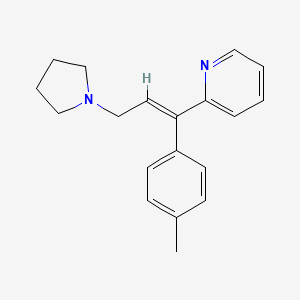Allergic conditions
Adult: For the temporary relief of symptoms (e.g. runny nose, sneezing, eye, nose or throat itching) associated with allergic rhinitis or other upper respiratory allergies: 2.5 mg 4-6 hourly. Max: 10 mg in 24 hours.
Child: For the temporary relief of symptoms (e.g. runny nose, sneezing, eye, nose or throat itching) associated with allergic rhinitis or other upper respiratory allergies: 6-<12 years 1.25 mg 4-6 hourly (Max: 5 mg in 24 hours); ≥12 years Same as adult dose. Dosing recommendations may vary among individual products (refer to specific product guidelines).
Child: For the temporary relief of symptoms (e.g. runny nose, sneezing, eye, nose or throat itching) associated with allergic rhinitis or other upper respiratory allergies: 6-<12 years 1.25 mg 4-6 hourly (Max: 5 mg in 24 hours); ≥12 years Same as adult dose. Dosing recommendations may vary among individual products (refer to specific product guidelines).




 Sign Out
Sign Out




